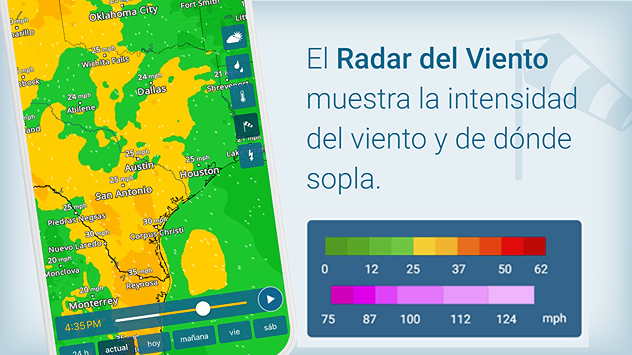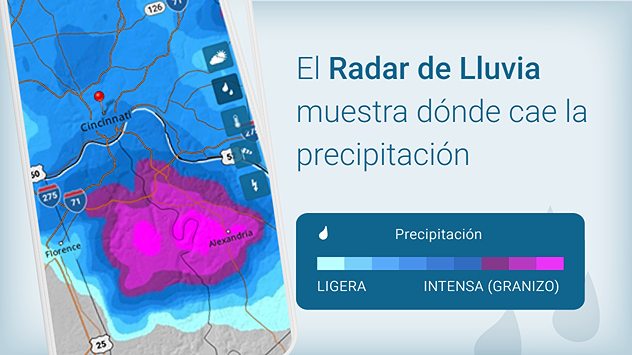Here's Why Those Gloomy California Coast Days Are Both Fascinating and Crucial
Science behind the gloomUnderstanding May Gray on the West Coast

Did you know?
How does it form?
es.weatherandradar.com


